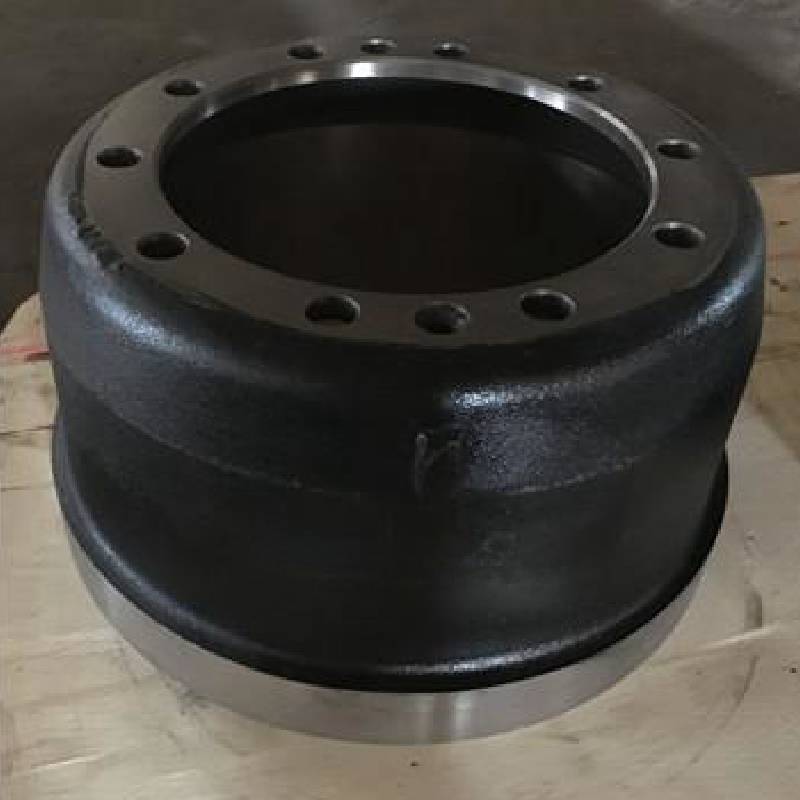Nov . 21, 2024 16:54 Back to list
brake drum vs brake disc
Brake Drum vs. Brake Disc Understanding the Key Differences
When it comes to vehicle braking systems, two main types of components are often debated brake drums and brake discs. Each has its own design, functionality, and advantages, making them suitable for different driving conditions and vehicle types. Understanding the differences between these two braking systems is crucial for maintaining vehicle performance and safety.
The Basics of Brake Systems
Brake systems are designed to slow down or stop a vehicle efficiently and safely. The two primary types of braking systems use either brake drums or brake discs. Brake drums are typically found in older vehicles and some lighter vehicles, while brake discs are now more common in modern, high-performance cars.
Design and Construction
Brake Drums A brake drum is a cylindrical component made of cast iron or aluminum, mounted on the wheel hub. Inside the drum, brake shoes lined with friction material are positioned. When the brake pedal is pressed, hydraulic pressure forces these shoes against the inner surface of the drum, creating friction that slows the wheel down. The construction of a brake drum often allows for a more compact design, which is one reason they were widely used in the past.
Brake Discs Brake discs, or rotors, are flat, circular components usually made from cast iron, carbon composite, or other materials. They are mounted directly to the wheel hub and work in conjunction with brake calipers. When the brakes are applied, hydraulic actuators push pistons in the calipers, which clamp the brake pads against the disc. This direct contact generates friction and slows down the vehicle. The design of brake discs provides better ventilation, enhancing their performance under high-stress conditions.
Performance Characteristics
One of the key differences between brake drums and discs is their performance, particularly in terms of heat dissipation and stopping power. Brake discs generally outperform brake drums in most respects
brake drum vs brake disc

- Heat Dissipation Brake discs are better at dissipating heat due to their design and exposure to air. This prevents brake fade, which occurs when brakes overheat, leading to a loss of effectiveness. Brake drums are more prone to overheating since they encapsulate the brake components, insulating heat and causing performance degradation.
- Stopping Power Brake discs typically offer superior stopping power and responsiveness. The feel and effectiveness of brakes are crucial for safety, especially in emergency braking situations. Disc brakes tend to provide more consistent performance, while drum brakes may feel spongy or less responsive.
- Maintenance and Wear In terms of maintenance, brake discs are usually easier to inspect and replace than brake drums. Brake pads can be checked and changed without much hassle, while brake drums may require more effort to access and replace the shoes inside. Moreover, the wear on disks is often more uniform, leading to less frequent replacements.
Advantages and Disadvantages
Brake Drums - Advantages - Generally less expensive to manufacture and replace. - Compact design is beneficial for certain vehicle setups. - Disadvantages - More prone to fade under heavy use. - Heavier and less efficient in dissipating heat.
Brake Discs - Advantages - Better performance in terms of heat dissipation and stopping power. - More consistent response in varying conditions. - Disadvantages - Tend to have a higher initial cost and may wear out faster in some scenarios.
Conclusion
In summary, the choice between brake drums and brake discs comes down to the specific needs of the vehicle. While brake drums might still be found in older cars and certain light-duty applications, brake discs have become the standard for most modern vehicles because of their superior performance and reliability. For drivers looking for enhanced braking capability, especially in high-performance or heavier vehicles, brake discs are generally the preferred option. Ultimately, understanding these differences helps vehicle owners make informed decisions about maintenance and upgrades, ensuring safety and efficiency on the road.
-
Scania Brake Drums: OEM Quality for Optimal Safety & Durability
NewsAug.16,2025
-
R.V.I: Advanced Remote Visual Inspection for Precision
NewsAug.15,2025
-
Discover HYUNDA: Innovative Vehicles, Equipment & Solutions
NewsAug.14,2025
-
R.V.I: Unlock Advanced Insights & Real-time Performance
NewsAug.13,2025
-
Kamaz Brake Drum: Durable & Reliable for Heavy Duty Trucks
NewsAug.12,2025
-
Heavy Duty Iveco Brake Drum - Premium Quality & Safety
NewsAug.11,2025
